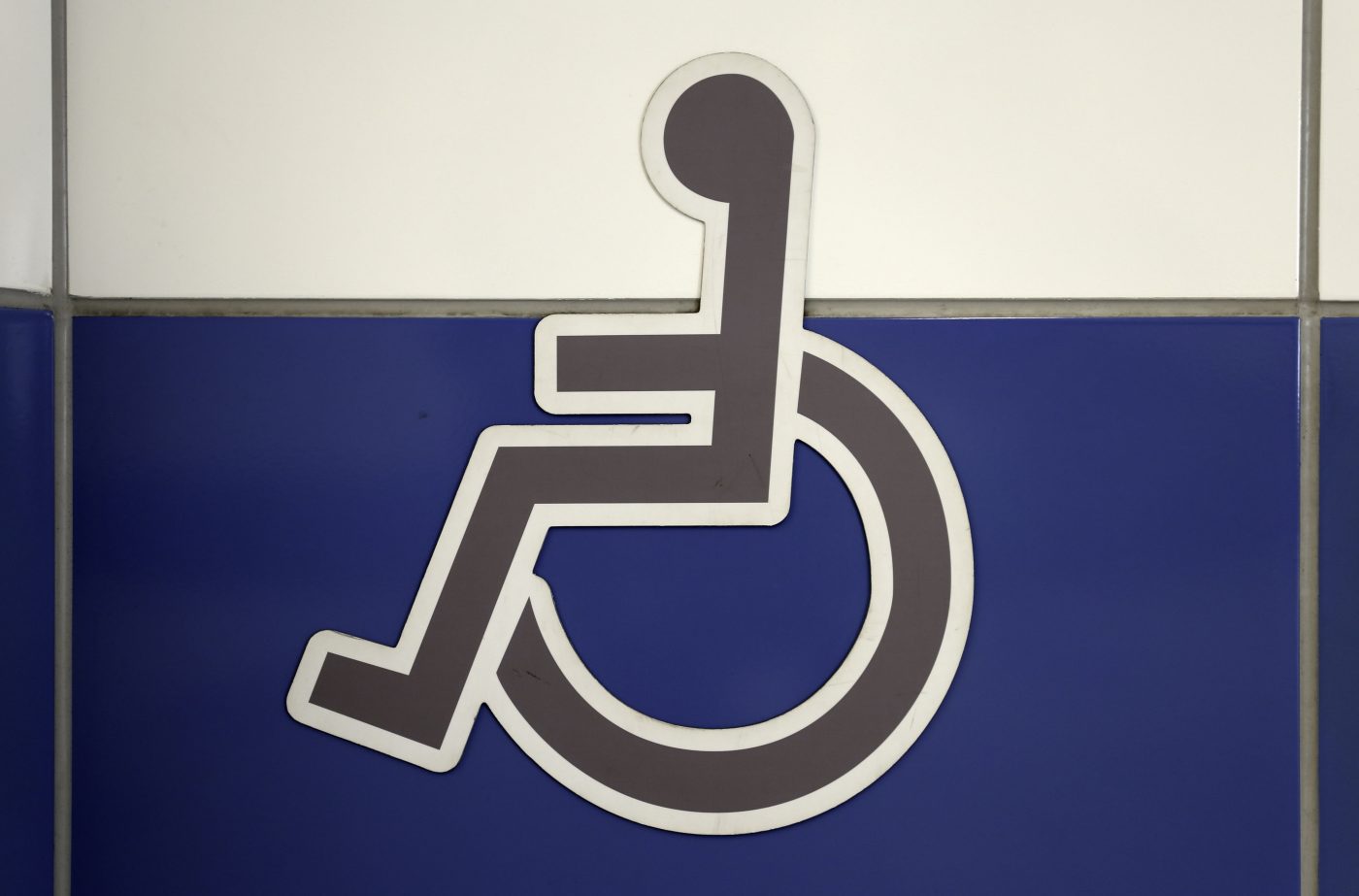With FA, Public Restrooms are More Than Problematic


As if public restrooms aren’t already a headache for the average person, being able to use only the handicap stalls is one of the most frustrating processes I and other wheelchair users face. I have been on both sides of the spectrum as far as being able to use whichever stall freely, and I also have used a wheelchair enough to know the problems that come with the accessibility and availability of specific restrooms. Even using my walking frame, I would prefer to bring it in the bathroom stall with me, but sometimes, or a lot of times, that’s not an option.
No matter the place, the bathroom experience can be disastrous — and it is a majority of the time. What are these issues? For some reason, most people think the handicap stalls are a luxury because they are bigger, and most times they are seen as the stalls to do #2 business. Also, with FA, bladder incontinence is a major issue, and a lot of other people don’t understand how badly we have to go.
This is something I deal with every day, personally. I have had to cut the line of women in the bathroom numerous times because I was on the verge of wetting my pants. That becomes really uncomfortable for me, because with having an invisible illness, it is extremely difficult to explain my actions. Imagine, waiting in line for a bit and then having someone stagger past you, looking intoxicated and taking the toilet that you have been waiting for. That’s an automatic issue about 95% of the time I do that, and most of the time people are too angry to let me explain.
Another issue people don’t realize is how necessary those grab bars are in the handicapped stalls. Many FA patients who are progressed depend on those bars to transfer from the wheelchair to the toilet seat and back. Did you hear that? They DEPEND on those bars to use the toilet, and that becomes impossible when the stalls are constantly occupied with those who don’t require that extra help. We can’t take our walkers or wheelchairs into just any stall, so we wait for the very limited handicap stalls to open up.
I recently tore my ACL, which has left me dependent on a wheelchair. A “normal” person would use crutches while recovering and rehabbing this injury, but FA doesn’t allow me to do so. It’s too unstable and unsafe for the use of crutches, so I have been able to get a taste of what it’s really like to transfer from my chair to everywhere else. Before my injury, I had used a wheelchair before, but I always was able to stand up and walk to a stall that was open. However, when you take that freedom away, it becomes a completely different challenge.
I completely understand if you have an emergency and absolutely have to use the stall because it’s the only one open. But other than that circumstance, handicapped stalls should be used only by those who absolutely need it. It already is hard enough to go out, and the restroom becomes just another factor when deciding whether to stay home or go out. It shouldn’t be.
Please refrain from designating the handicap stall as your special #2 place. I’ve had plenty of conversations with my friends, family, and acquaintances who admit to doing their business in the “big bathrooms” because it feels better or because that’s what they thought they were for. It’s definitely not. That’s not a pleasant experience for us who can use only that specific stall and we shouldn’t have to worry about bringing our own air fresheners in public.
***
Note: Friedreich’s Ataxia News Today is strictly a news and information website about the disease. It does not provide medical advice, diagnosis or treatment. This content is not intended to be a substitute for professional medical advice, diagnosis or treatment. Always seek the advice of your physician or other qualified health provider with any questions you may have regarding a medical condition. Never disregard professional medical advice or delay in seeking it because of something you have read on this website. The opinions expressed in this column are not those of Friedreich’s Ataxia News Today or its parent company, Bionews Services, and are intended to spark discussion about issues pertaining to Friedreich’s ataxia.







Leave a comment
Fill in the required fields to post. Your email address will not be published.